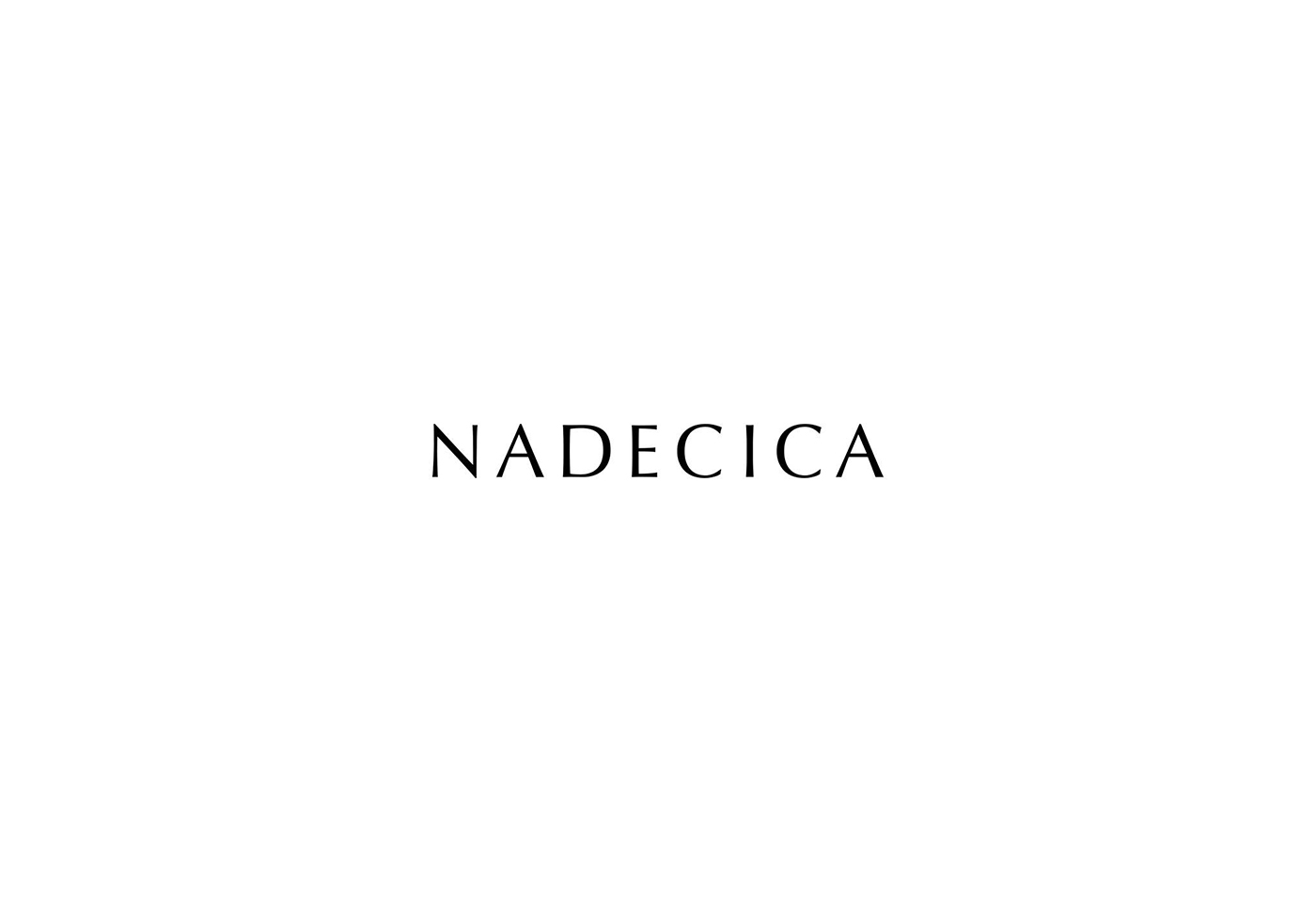目次
Content
- Why Is Cost of Goods Sold (COGS) Important?
- Change Management
- Definition of Cost of Goods Manufactured
- Ending inventory
- Operating Expenses vs. COGS
- What is the cost of goods manufactured?
- Recommended explanations on Business-studies Textbooks
- Cost of Goods Manufactured: Definition and Calculation – Conclusion

COGM also allows management to identify cash drains, adjust prices, and track the development of the business. Once the manufacturing costs have been added to the beginning WIP inventory, the remaining step is to deduct the ending WIP inventory balance. The cost of goods manufactured (COGM) is one of the inputs necessary to calculate a company’s end-of-period work in progress (WIP) inventory, which is the value of inventory currently in a production process stage.

The two most important numbers on this statement are the total manufacturing cost and the cost of goods manufactured. Be careful not to confuse the terms total manufacturing cost and cost of goods manufactured with each other or with the cost of goods sold. The beginning WIP is the value of all unfinished products that carried over from the previous accounting period.
Why Is Cost of Goods Sold (COGS) Important?
In calculating profit, management requires not only revenue data but also production costs. Assuming revenue does not change, the firm can increase profit by streamlining production, resulting in lower costs. The beginning work in progress (WIP) inventory is the value of goods recorded as WIP at the start of the financial year or accounting period. Ending WIP inventory is the value of goods recorded as WIP at the end of the accounting period considered. Total manufacturing cost has to be separately calculated with a different formula. It is also necessary to calculate the number of direct materials used in the production process by using the beginning and ending balances.
- This cost is easily traceable to the end product as it is directly related to the production process, and you can not separate this from it.
- COGS is not addressed in any detail in generally accepted accounting principles (GAAP), but COGS is defined as only the cost of inventory items sold during a given period.
- This calculates the cost of net raw materials used for production in the given accounting period.
- The COGM formula involves adding total manufacturing costs, less the cost of work-in-process inventory, plus any beginning work-in-process list, and subtracting ending work-in-process inventory amounts.
- These items cannot be claimed as COGS without a physically produced product to sell, however.
If you don’t, you could lose money or even go out of business because of miscalculations and inaccurate information. Luckily, some tools make it easy to calculate COGM and keep track of the results. Cloud manufacturing software such as Katana allows businesses to use data from their operations to calculate COGM and other important figures like inventory value and sales revenue. For example, if you purchase $1000 worth of raw materials but don’t sell them until six months later, you would recognize that $1000 expense in your books as cost of goods sold.
Change Management
COGM is a calculation used in managerial accounting to determine the total cost of producing goods during a particular period. Remember that this is merely an illustration and that the precise COGM costs may change based on the business and the product being produced. The COGM calculates the cost of goods sold for the period, a key cost of goods manufactured formula metric used to determine the profitability of a company’s operations. The cost of goods manufactured is defined as the manufacturing costs of the goods that finished the production process during a given accounting period. At the end of the period, the finished product’s costs are presented in the finished product inventory.

When inventory is artificially inflated, COGS will be under-reported which, in turn, will lead to a higher-than-actual gross profit margin, and hence, an inflated net income. Examples of pure service companies include accounting firms, law offices, real estate appraisers, business consultants, professional dancers, etc. Even though all of these industries have business expenses and normally spend money to provide their services, they do not list COGS. Instead, they have what is called “cost of services,” which does not count towards a COGS deduction. The average price of all the goods in stock, regardless of purchase date, is used to value the goods sold. Taking the average product cost over a time period has a smoothing effect that prevents COGS from being highly impacted by the extreme costs of one or more acquisitions or purchases.
Definition of Cost of Goods Manufactured
Cost of goods manufactured represents the value of inventory that was produced and is ready to be sold to customers during the period. Cost of goods sold represents the cost of inventory that were sold to customers during the period. If cost of goods sold was greater than cost of goods manufactured then that means that more units were sold than produced during the period which would decrease the finished goods inventory. It’s important to take into account both the beginning and ending balances, just as is done with raw materials and work in process inventory. By tracking the COGM over time, a company can identify trends and patterns in its production costs and take action to reduce or control costs. The origin of this term dates back to management accounting practices in 1920s America when businesses began tracking costs related to production more closely than ever before.
To make the manufacturer’s income statement more understandable to readers of the financial statements, accountants do not show all of the details that appear in the cost of goods manufactured statement. Notice the relationship of the statement of cost of goods manufactured to the income statement. You subtract the beginning inventory levels of raw materials and work-in-progress inventory from the cost of goods manufactured because these items are used in production. Total manufacturing cost, a.k.a total cost of production is a KPI that expresses the total cost of manufacturing e.g. all activities directly tied to the production of goods during a financial period.
Ending inventory
Even though the details of this information are not included on the cost of goods schedule, this information is a necessary part of the cost of goods sold calculation. The detail regarding the changes in raw material and WIP inventory value is included in the cost of goods manufactured schedule. The summary of the cost impact is included on the cost of goods sold schedule through the cost of goods manufactured line item on that schedule.
The final number derived from the calculation is the cost of goods sold for the year. A Cost of Goods Manufactured Schedule is a report that breaks down and calculates the total cost involved in manufacturing products during a specific period. The formula above shows you the cost of goods manufactured is a component in the COGS calculation. Meanwhile, the cost of goods manufactured appears in the current assets section of the balance sheet.
Our writing and editorial staff are a team of experts holding advanced financial designations and have written for most major financial media publications. Our work has been directly cited by organizations including Entrepreneur, Business Insider, Investopedia, Forbes, CNBC, and many others. A procurement management plan will ensure efficiency and alignment when your sales and manufacturing order volume increase. Mattias is a content specialist with years of experience writing editorials, opinion pieces, and essays on a variety of topics.
Joint cost allocation is the process by which joint costs are assigned to particular products produced in a process or department. The cost of goods manufactured schedule is prepared to calculate the total manufacturing cost for the period, which is then added to the net work-in-progress inventory. Below is the general sample schedule that can be used to calculate the COGM. The cost of goods manufactured appears in the cost of goods sold section of the income statement.
The COGM is, hence, the total amount of money spent to turn unfinished inventory into sales-ready goods. So, in this example, the Cost of Goods Manufactured during the period is $230,000. This means it cost the company $230,000 to manufacture all the goods that were completed during the period. Find out three types of inventory management systems and the benefits of each.
Is cost of goods manufactured a liability?
Cost of goods sold is not an asset (what a business owns), nor is it a liability (what a business owes). It is an expense.
















